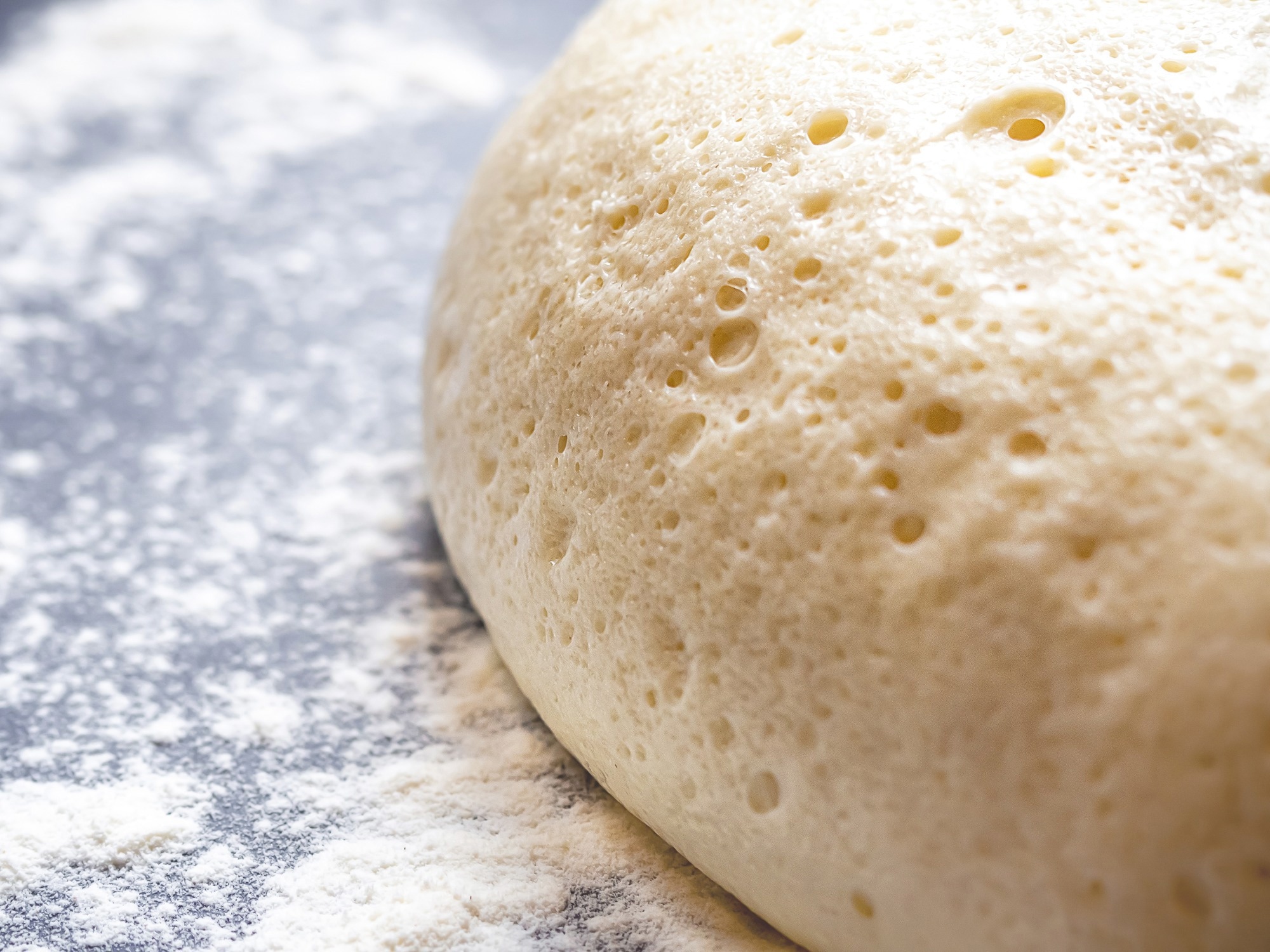With the growing research on the gut microbiome and the importance of probiotics in the diet, fermented foods such as kombucha, sourdough, and kefir water have rapidly gained popularity and interest. The research on sourdough starters has focused largely on yeast and lactic acid bacteria. However, acetic acid bacteria, which are the major fermenters in kombucha, water kefir, and lambic beer, are also found in sourdough starters.

Image Credit: Natalya_Maisheva/Shutterstock.com
In a recent study published in the American Society for Microbiology’s journal MSystems, biologists from the United States sequenced various acetic acid bacterial genomes to understand their genomic diversity, function, and ecology in the sourdough microbiome.
Background
The family Acetobacteraceae consists of over 100 species of acetic acid bacteria, which play an important role in the production of fermented foods such as kefir water, kombucha, cocoa, and lambic beer. The acetic acid and various other metabolites produced by the acetic acid bacteria during fermentation impact the texture, flavor, and aroma of the foods.
Although substantial research on sourdough starters has focused on the roles of yeast and lactic acid bacteria, sourdough also contains acetic acid bacteria. While some studies suggest that acetic acid bacteria influence the flavor, pH, and rise of sourdough, their exact function, diversity, and ecology within the sourdough microbiome remain largely unexplored.
About the study
In this study, the researchers employed 16S ribosomal ribonucleic acid (rRNA) amplicon sequencing to investigate the diversity and distribution of acetic acid bacteria in sourdough starter cultures. They extracted deoxyribonucleic acid (DNA) from the sourdough starters and sequenced it using the Illumina MiSeq system.
The sequences were processed using the Divisive Amplicon Denoising Algorithm 2 (DADA2) pipeline, which identifies sequence differences, analyzes relative abundance, and assigns taxonomic classifications. To further understand microbial interactions, Spearman’s correlations were applied to assess the co-occurrence of acetic acid bacteria with yeasts and lactic acid bacteria.
To explore whether sourdough samples dominated by acetic acid bacteria (constituting more than 25 % of the bacterial community) were enriched with yeasts and lactic acid bacteria, Mann-Whitney tests were conducted.
Acetic acid bacteria strains were isolated and cultured using selective media. Those displaying distinct morphologies were identified through Sanger sequencing of the 16S rRNA gene, and the extracted DNA from cultured colonies was analyzed for taxonomic classification and genomic quality.
In addition, metagenomic samples from selected sourdough starter subsets were processed to assemble complementary acetic acid bacteria genomes, with efforts to remove redundancy and ensure genomic diversity. The final set of 61 genomes underwent comparative analysis and were annotated for functional traits such as fatty acid and alcohol conversion. The genomes were also subjected to pangenome analysis to identify shared and unique functional capacities across different acetic acid bacteria species.
The researchers further examined the impact of acetic acid bacteria on sourdough microbial communities by creating synthetic starter communities composed of yeast, lactic acid bacteria, and acetic acid bacteria strains. They measured metabolite production and pH changes and used gas chromatography-mass spectrometry (GC-MS) to assess volatile compound levels in the synthetic communities.
This comprehensive approach allowed the researchers to assess the role of acetic acid bacteria in shaping sourdough microbial ecosystems, providing insights into their contributions to sourdough fermentation processes.
Major findings
The study found that nearly 30 % of the sourdough starters contained acetic acid bacteria, with an average relative abundance of 23.3 %, though in some cases this number reached as high as 79.5 %. The researchers identified 26 acetic acid bacterial amplicon sequence variants from the genera Gluconobacter, Acetobacter, and Komagataeibacter.
Co-occurrence analyses revealed that acetic acid bacteria were frequently associated with specific lactic acid bacteria, including Schleiferilactobacillus harbinensis, Furfurilactobacillus rossiae, and Lentilactobacillus kefiri, as well as the yeast Pichia mandshurica. Interestingly, Saccharomyces cerevisiae was present in similar proportions in starters both with and without acetic acid bacteria, suggesting that acetic acid bacteria can co-exist in various sourdough microbiomes.
Functional analysis indicated that cellulose production was rare among the acetic acid bacteria in sourdough, but the bacteria were enriched in genes related to carbohydrate metabolism, such as the alpha-amylase gene, which is important for starch breakdown.
In synthetic sourdough starters, acetic acid bacteria significantly influenced microbiome function, particularly in terms of volatile compound profiles and acidification. The acidification effects were strain-specific, with Gluconobacter potus more effectively lowering the pH compared to Acetobacter oryzifermentans.
Conclusions
Overall, the study demonstrated that sourdough starters contain a significant proportion of acetic acid bacteria, which play a crucial role in shaping the flavor and properties of the sourdough. Additionally, the bacteria exhibited species- and strain-level variations in their effects on characteristics like flavor and acidity. These findings have important implications for both home bakers and the industrial production of sourdough bread and related products, offering insights into how microbial diversity can be harnessed to optimize sourdough fermentation and product quality.
Journal reference:
Rappaport H. B., Senewiratne N. P. J, Lucas S. K., Wolfe B. E, and Oliverio A. M. 2024. Genomics and synthetic community experiments uncover the key metabolic roles of acetic acid bacteria in sourdough starter microbiomes. MSystems. DOI:10.1128/msystems.0053724, https://journals.asm.org/doi/10.1128/msystems.00537-24